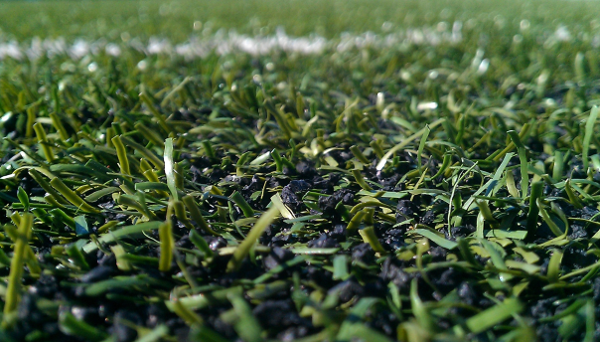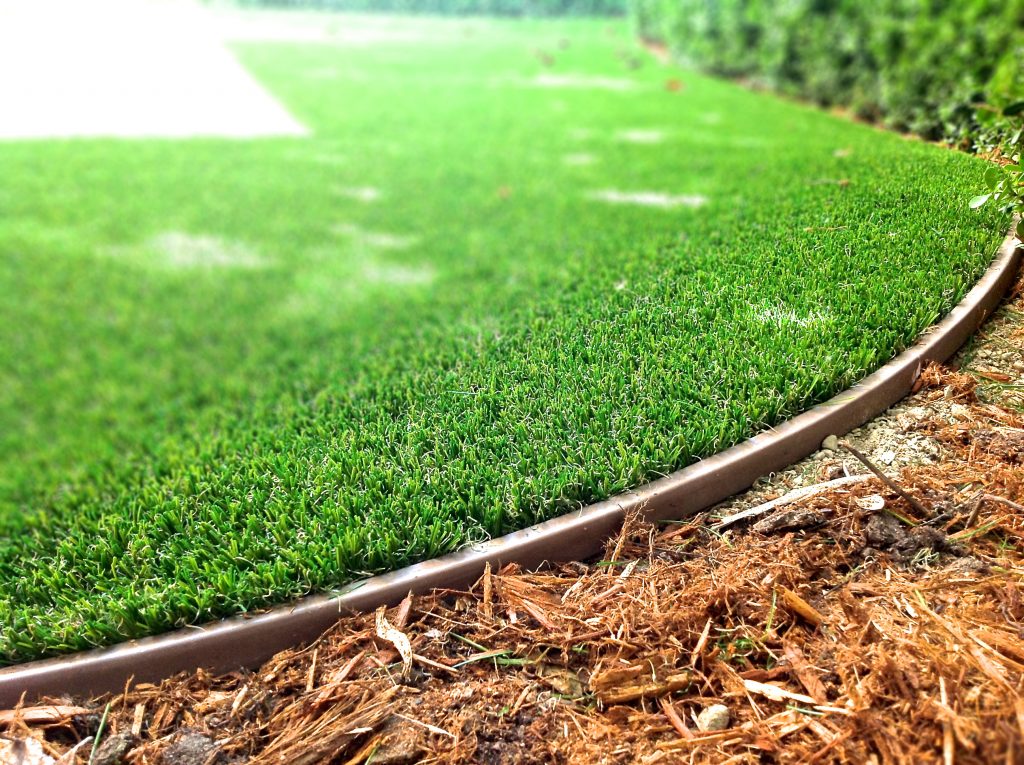Enhance Your Outdoor Space with Arizona Artificial Turf for a Evergreen Green Look
Enhance Your Outdoor Space with Arizona Artificial Turf for a Evergreen Green Look
Blog Article
Look Into the Environmental Perks of Opting for Artificial Lawn Solutions
The fostering of fabricated turf options presents a compelling chance to attend to pushing environmental difficulties. By dramatically reducing water usage and minimizing the application of harmful chemicals, these alternatives not just advertise lasting landscape design yet also protect local ecological communities.
Water Preservation Benefits
One of the most significant benefits of fabricated grass is its capability to conserve water. In contrast, fabricated grass does not need watering, considerably decreasing the overall need for water resources.
By getting rid of the need for routine watering, artificial grass adds to lasting landscape techniques and assists mitigate the ecological impact of too much water consumption. In addition, the preservation of water reaches the reduction of drainage, which can lead to soil erosion and river pollution.
In addition, the setup of synthetic grass permits towns and homeowners to assign water resources extra efficiently, concentrating on essential usages such as drinking water and agriculture. The change in the direction of synthetic grass not only promotes accountable water use but likewise lines up with wider ecological objectives aimed at preserving natural resources.
As neighborhoods increasingly prioritize sustainability, the water conservation benefits of synthetic grass offer an engaging instance for its fostering in residential and commercial landscaping projects.
Decreased Chemical Use
The change to fabricated turf considerably reduces the reliance on chemical therapies generally used in all-natural grass maintenance. Typical lawn management normally includes the application of fertilizers, herbicides, and pesticides to promote growth and control parasites. These chemicals can present threats to human health and wellness, regional wild animals, and the setting, adding to dirt and water contamination.
In comparison, fabricated grass removes the requirement for these harmful materials. By lessening the release of synthetic substances into the ecosystem, man-made turf promotes much healthier soil and water systems.
Moreover, the absence of chemical drainage related to synthetic grass installments helps shield local rivers from pollution, sustaining marine life and maintaining biodiversity. Arizona artificial turf. As neighborhoods increasingly prioritize sustainable techniques, deciding for fabricated grass presents a sensible solution that straightens with environmental conservation goals. With this change, building owners can delight in rich eco-friendly rooms without jeopardizing environmental wellness, leading the means for an extra sustainable future
Lower Carbon Footprint

Moreover, the installment of artificial turf can cause considerable water preservation. All-natural grass call for significant quantities of water for irrigation, which not only adds to the carbon footprint linked with water extraction and treatment however likewise stress local water sources. On the other hand, synthetic grass requires very little upkeep, requiring no watering, thus substantially lowering water usage and its connected energy expenses.
Additionally, the durability of synthetic grass adds to its reduced carbon impact. With a lifespan of approximately 15 years or more, the need for constant substitutes is reduced, resulting in less waste and lower power intake in production and disposing of traditional yard options. Generally, synthetic turf offers a lasting choice for environmentally conscious landscaping.
Environment Conservation
Habitat conservation is a critical consideration in the argument over landscape design choices, especially when comparing artificial lawn to natural yard. All-natural turf lawns frequently call for comprehensive maintenance, including the usage of herbicides, fertilizers, and chemicals, which can negatively influence neighborhood environments. These chemicals can leach right into the soil and waterways, damaging native vegetation and fauna and interfering with neighborhood habitats.
In contrast, artificial grass presents an opportunity to reduce the environmental impact of landscaping. By going with artificial turf, home owners can reduce the disturbance of natural habitats related to traditional yard treatment practices. Synthetic grass eliminates the requirement for unsafe chemicals, thus securing neighboring wildlife and preserving the stability of bordering ecosystems. Moreover, the installment of fabricated turf can result in the conversion of previous yard locations into even more biodiverse landscapes, such as pollinator gardens or Visit This Link indigenous plant areas, which can sustain local wild animals.
Inevitably, the shift to artificial turf not just preserves water and lowers upkeep initiatives yet additionally promotes a much more harmonious connection between human activities and the all-natural setting, advertising environment conservation while doing so.
Long-Term Sustainability
Long-term sustainability is an important element in examining the benefits of synthetic grass over traditional yard yards. Among one of the most considerable benefits of fabricated grass is its durability; it can last up to 15-20 years with marginal maintenance, whereas all-natural turf needs frequent reseeding and substitute. This longevity decreases the need for continuous sources, such as water, plant foods, and pesticides, which are vital for maintaining a healthy and balanced turf lawn.
Furthermore, synthetic grass adds to a reduction in carbon exhausts linked with yard treatment equipment. Standard lawns often require gas-powered lawn mowers, leaners, and blowers, every one of which add to air pollution. Arizona artificial turf. In contrast, synthetic grass gets rid of the need for such equipment, advertising a cleaner setting
Furthermore, the manufacturing of artificial lawn significantly utilizes recycled materials, boosting its sustainability account. As manufacturers take on environment-friendly techniques, the environmental footprint of synthetic grass proceeds to lessen.

Conclusion
The fostering of synthetic lawn options presents substantial ecological advantages, consisting of considerable water conservation, decreased dependence on dangerous chemicals, and a reduced carbon impact. Fabricated grass help in maintaining natural environments by minimizing land disruption and advertising long-term sustainability with the usage of resilient products. Jointly, these elements underscore the potential of man-made grass to contribute positively to environmental wellness and supply a sensible alternative to standard landscape design techniques in a progressively resource-conscious globe.
In contrast, synthetic lawn does not require watering, substantially lowering the overall demand for water site resources. By minimizing the release of synthetic compounds right into the ecological community, artificial grass promotes healthier soil and water systems.
Moreover, the installment of man-made lawn can result in substantial water conservation. In contrast, synthetic grass needs minimal maintenance, requiring no watering, thus substantially minimizing water use and its linked power expenses.

Report this page